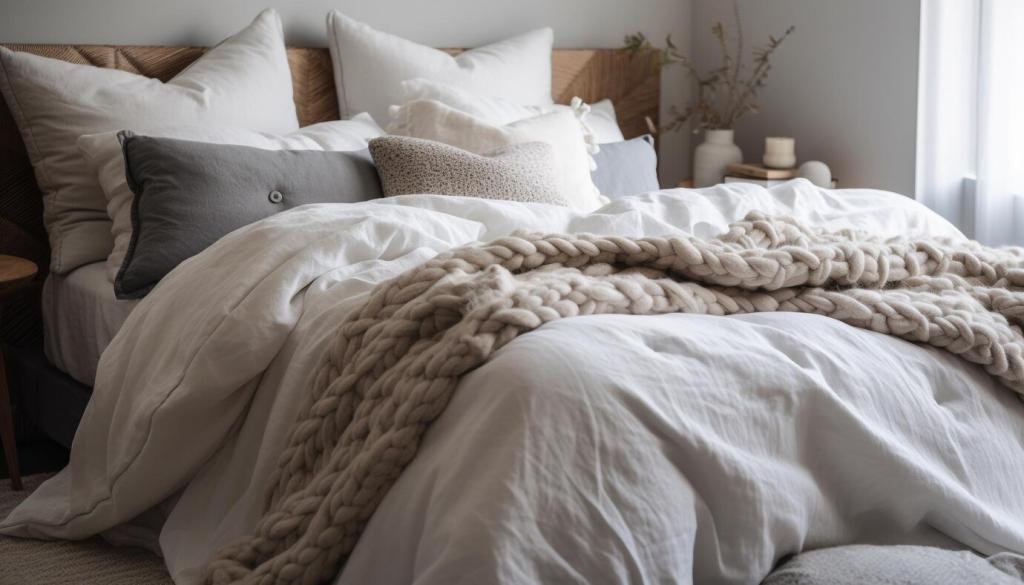What Certification Really Means for Silk
For silk, look for GOTS (organic fiber and chemical restrictions), OEKO‑TEX STANDARD 100 or MADE IN GREEN (tested for harmful substances with traceability), bluesign APPROVED inputs (safer chemistry), Cradle to Cradle Certified (circular design), and SA8000 or Fair Trade Textile Standard (worker protections). Real certifications beat vague eco claims every time.
What Certification Really Means for Silk
Credible silk brands can trace cocoons, reeling, dyeing, and weaving steps with transaction certificates, lot numbers, and supplier IDs. Some share QR codes via MADE IN GREEN to reveal facility locations and audit dates. Ask to see scope or transaction certificates; if they hesitate, treat it as a helpful red flag and request clarity.





